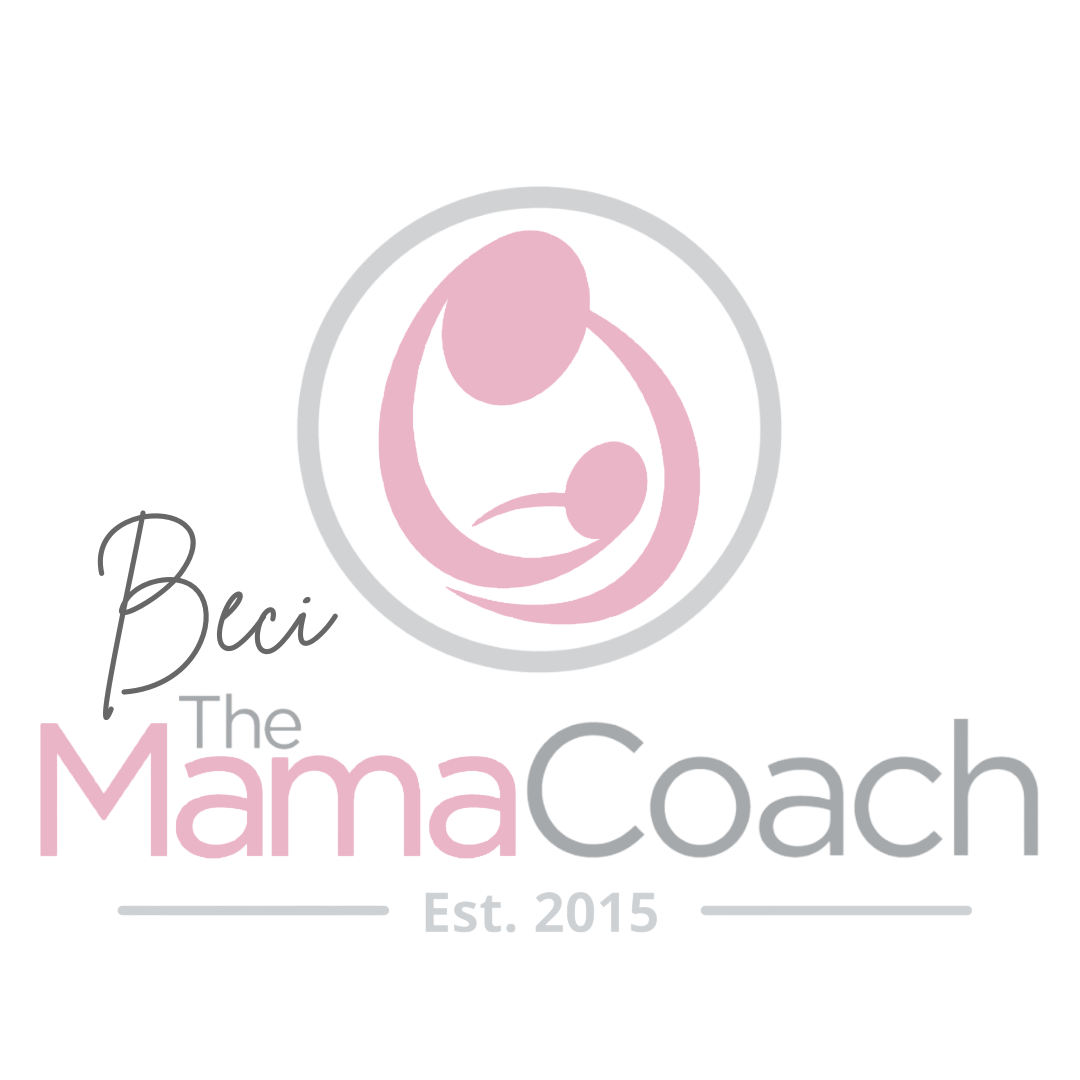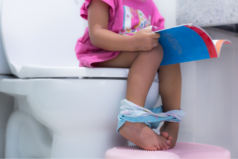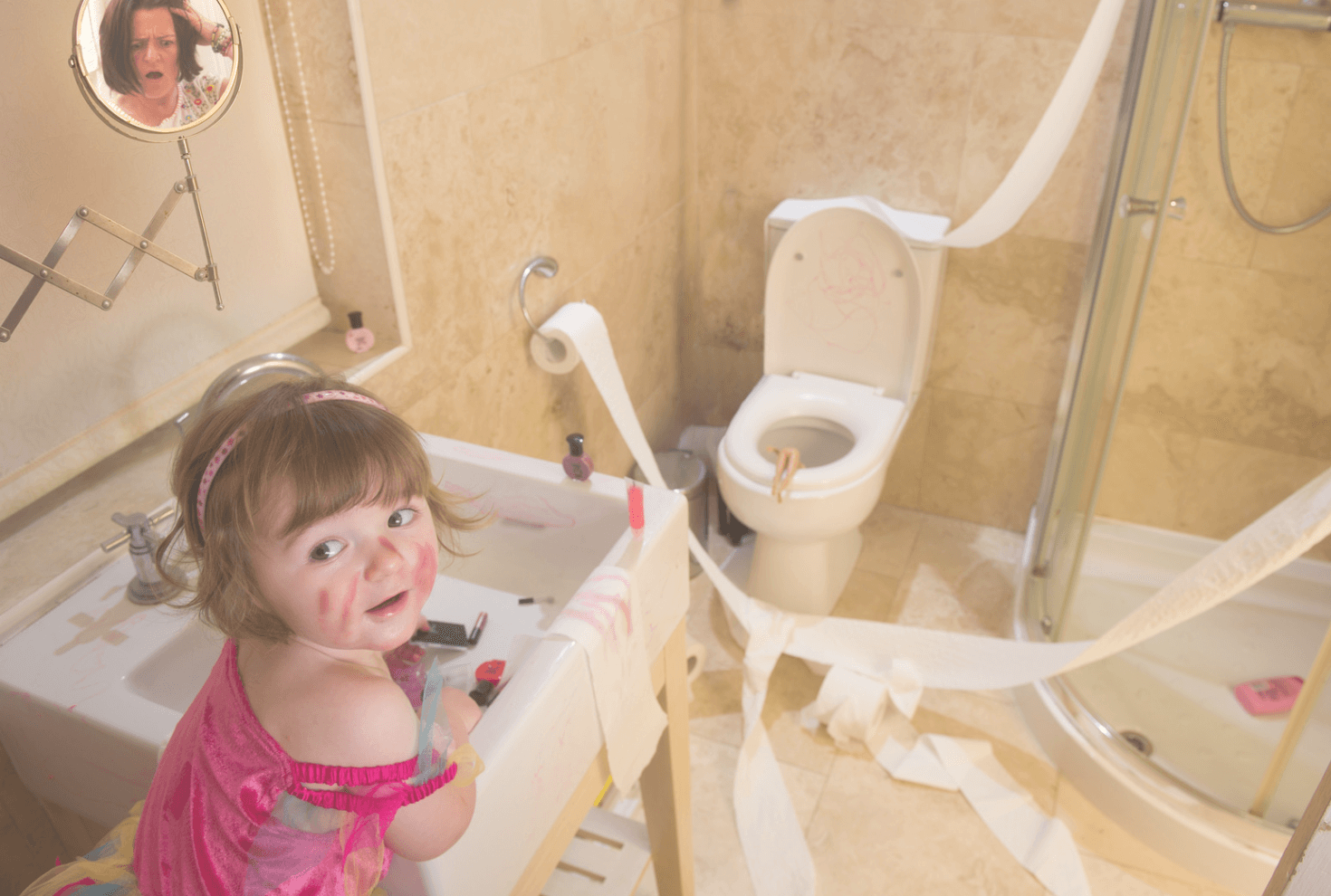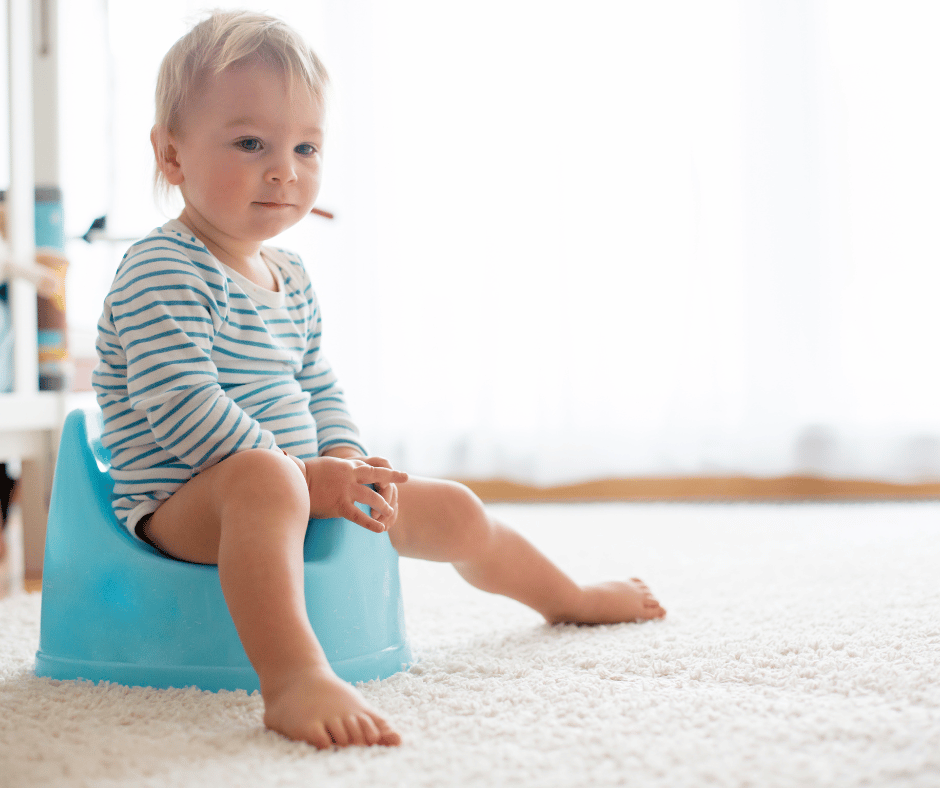So, you’ve Prepared and Practiced the skills needed for toilet learning. Now it’s the big jump, NO NAPPIES!! What a scary but exciting thought. Are you worried about how it will be, do you want support? Then look no further, the Mama Coach is here to help.
The Three Simple Steps to help toilet learning happen is this:
Preparation, Practice and Stopping using Nappies.
This is Part 3 – Stopping Using Nappies
The most important thing for you to consider is whether it is the right time for both you and your child to stop using Nappies. It is a big change and requires them to be totally on board. Talk with your child and tell them it is time for them to stop using nappies. If, however, there are any other significant big changes happening or about to happen, such as a new sibling, a parent returning to work, starting in a new childcare setting etc, wait until things have settled first before stopping nappy use as this will help with the gentle transition.

Talk with your child, say goodbye to the nappies and put them away together. And if you’ve decided to aim for day time dryness only, so as not to stop using them at night time, maybe find a location where they can be accessed for night time use only. Once you have decided to stop using nappies it is important that you commit to this and not go back to using them, so as not to confuse your child. Explain to your child that they will now need to do all wee’s and poo’s on the potty or toilet and this includes nap time. Child involvement throughout the process will help your child understand what is happening, expectations and be confident to continue on toilet learning.
Ideally your child should be having 1x soft stool per day, 4-7 wee’s per day, drinking 6-8 water-based drinks per day (approximately 1 Litre of fluid per day, not including milk-based drinks). Regular bowel and bladder habits help keep them healthy.
- 1 Litre per day for children aged 1-3 years
- 1-1.4 Litres per day for children 4-8 years
Having the opportunity to urinate frequently helps a child learn quicker, so encouraging good fluid intake is important to maintain good bladder function but also avoiding constipation.
When initiating stopping nappies, it is advised to reduce any barriers to learning, this may be by staying at home for the first few days to adapt to no nappies. Keeping a potty nearby for quick access and either wearing no trousers or loose fitted without underwear so they remember they are not wearing a nappy.
In the beginning avoid prompting your child to use the potty. Direct them to the potty if they are showing signs of needing to pass urine or stools and only direct when necessary. We are aiming for no pressure on the child, as this can become a barrier to toilet learning if they are not comfortable. It is normal to experience accidents during this transition phase as they adjust to not using a nappy, the feelings within their body and sensation of elimination.
It is important to encourage them, however, avoid rewarding them, as this may work in the beginning. However, it will often stop working and the incentive to achieve will be lost. Verbally praise them for their toilet learning successes and effort in learning, give them the sense of control in the process and avoid scolding them if they have an accident. Address the accident, clean up together and move forward, do not dwell on it.

Children learn best through play, so involving toys in toilet learning is brilliant, using a teddy to go on the potty or their favourite doll. They can act out their understanding of the toilet learning process in a safe environment so no accidents, maybe asking the toy to wait and hold on. Turning toilet learning into a fun game will also help them to feel comfortable to continue without nappies.
During nap times it is important to encourage potty usage prior to going to sleep. Offer this again when they wake. Protect their sleep space with an absorbable mattress protector, so if there is an accident the mattress is clean, and the protector can be changed.
Usually, you will begin seeing progress within the first week or two, however it is important to note that all children learn at different rates, so this is not a one size fits all. Progress can be measured by things such as recognition from your child when they have had an accident, their understanding of what the potty is used for, and whether they are successful at using the potty correctly.
If you have found your child is struggling, please seek help from a Mama Coach. It is important not to go back to nappies if you can so as not to confuse your child. We can support you with your toilet learning experience.
Moving forward, if previously your child has been naked, start putting them in loose fitted trousers. The next step is to put underwear on, this is the last step, but make it fun, let them choose the underwear they want to have on. As both your child and yourself become more confident, take short outings away from the home lasting 15-30 minutes. This will build on their confidence; a travel potty is a useful tool during this transition.
Children have to build over 40 skills to become independent during toilet learning, so in the beginning don’t expect too much from them. It will take time to learn these skills, and that’s OK. Accidents will happen for a few months, let it happen, however if this is becoming troublesome, please reach out for support.
If you think you are ready to start toilet learning, want support in starting your journey or have come to a bump in the road, you can find out more about the services I provide to support you here.



